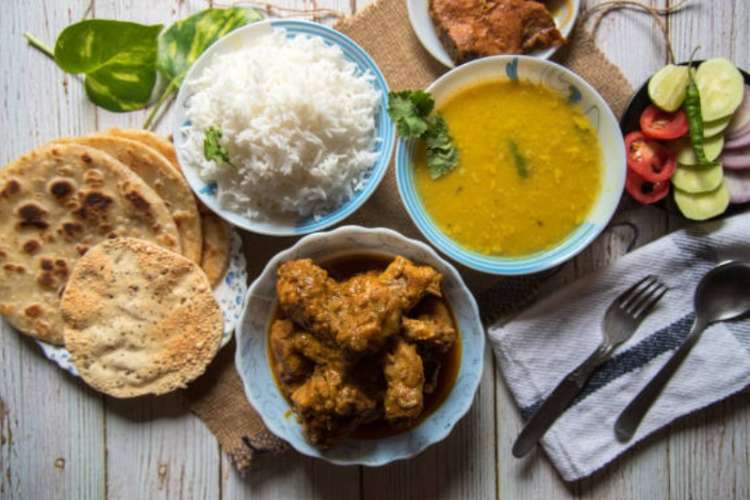
Food inflation: For most Indians, the thali is more than a plate of food. It is a barometer of household budgets and the sharpness of inflation. India’s headline inflation fell to 1.6% in July—the lowest since June 2017—thanks to subdued food prices. Yet, the stability is deceptive. The vagaries of markets and monsoons continue to push meal costs up and down. For policymakers in the world’s most populous country, stabilising food prices should be the foremost priority.
A recent Crisil report shows thali prices fell in August—by 7% for vegetarian meals and 8% for non-vegetarian ones. Lower onion, potato, and broiler prices offered some respite to households. But such relief is fleeting. A sudden spell of rain or heat can send tomato, onion, and potato prices soaring within weeks. In contrast, most OECD economies rarely experience such volatility.
READ | GST reforms unfinished without input tax credit fix
Food inflation in Europe or the US rises gradually, not in wild swings. Tomatoes in the UK or potatoes in the US may get dearer, but rarely by 200–300% within weeks. This is not because they escape climate shocks, but because buffers are built into the system. Public reserves, farm insurance, and modern logistics cushion both farmers and consumers.
India’s structural weaknesses
Nearly two-thirds of Indian farmland is still rain-fed. Small and marginal farmers lack assured irrigation, cold storage, and efficient transport. A frost in Uttar Pradesh or heavy rain in Himachal can wipe out harvests, trigger distress sales in mandis, and leave urban consumers paying exorbitant prices days later. The government responds with ad hoc measures—export bans on onions or duty-free imports of pulses. While these offer short-term relief, they dent farmer confidence and create policy uncertainty.

Europe’s Common Agricultural Policy (CAP) may be criticised for subsidies, but it has kept food prices stable. CAP guarantees minimum prices, offers direct income support, and maintains public reserves of essential commodities. These intervention stocks are released during shortages to prevent price spikes, shielding households from volatility that routinely rattles Indian kitchens.
The US relies on heavily subsidised crop insurance covering more than 100 crops across millions of acres. Farmers receive payouts for yield losses due to weather shocks and for revenue losses when prices fall. Consumers and industries benefit from stable supplies of subsidised maize, wheat, and soybean. For perishables, modern storage, transport, and farmer cooperatives further dampen volatility.
India’s missing buffers
India’s Pradhan Mantri Fasal Bima Yojana covers only a fraction of farmers, with payouts often delayed or disputed. Public grain stocks focus on wheat and rice, leaving vegetables exposed to market volatility. Real-time crop intelligence is weak—horticulture data are patchy and outdated, unlike in the West where planting decisions are guided by reliable forecasts.
India loses 15–30% of vegetables post-harvest due to poor storage and logistics, compared to less than 5% in developed economies. Investment in cold chains, warehouses, and modern transport is urgent. A bumper tomato harvest in Karnataka should not rot while Delhi households pay triple prices.
According to the Reserve Bank of India, rainfall variability can push vegetable inflation up by 1.24 percentage points, while temperature spikes add 1.30 points. In 2023, tomato inflation touched 37%. A year later, potato prices drove vegetable inflation to 42%. Overall consumer food inflation peaked at 11.5% in July 2023 and remained high through 2024, the hottest year on record. With 93% of days marked by extreme weather, climate change has moved from theory to lived reality.
Balancing farmers and consumers
Importing Western models wholesale is not feasible. Subsidies on the European scale could distort incentives and strain India’s budget. Still, structural buffers are essential. Farmers need stable incomes; consumers need predictable prices. Without these, households remain at the mercy of the monsoon.
The developed world shows volatility can be tamed, if not eliminated. India must move from reactive bans and imports to systemic reform—crop intelligence, storage, insurance, and public reserves beyond rice and wheat. The task is difficult, but without it, the future promises only fragile reprieves and recurring shocks.
